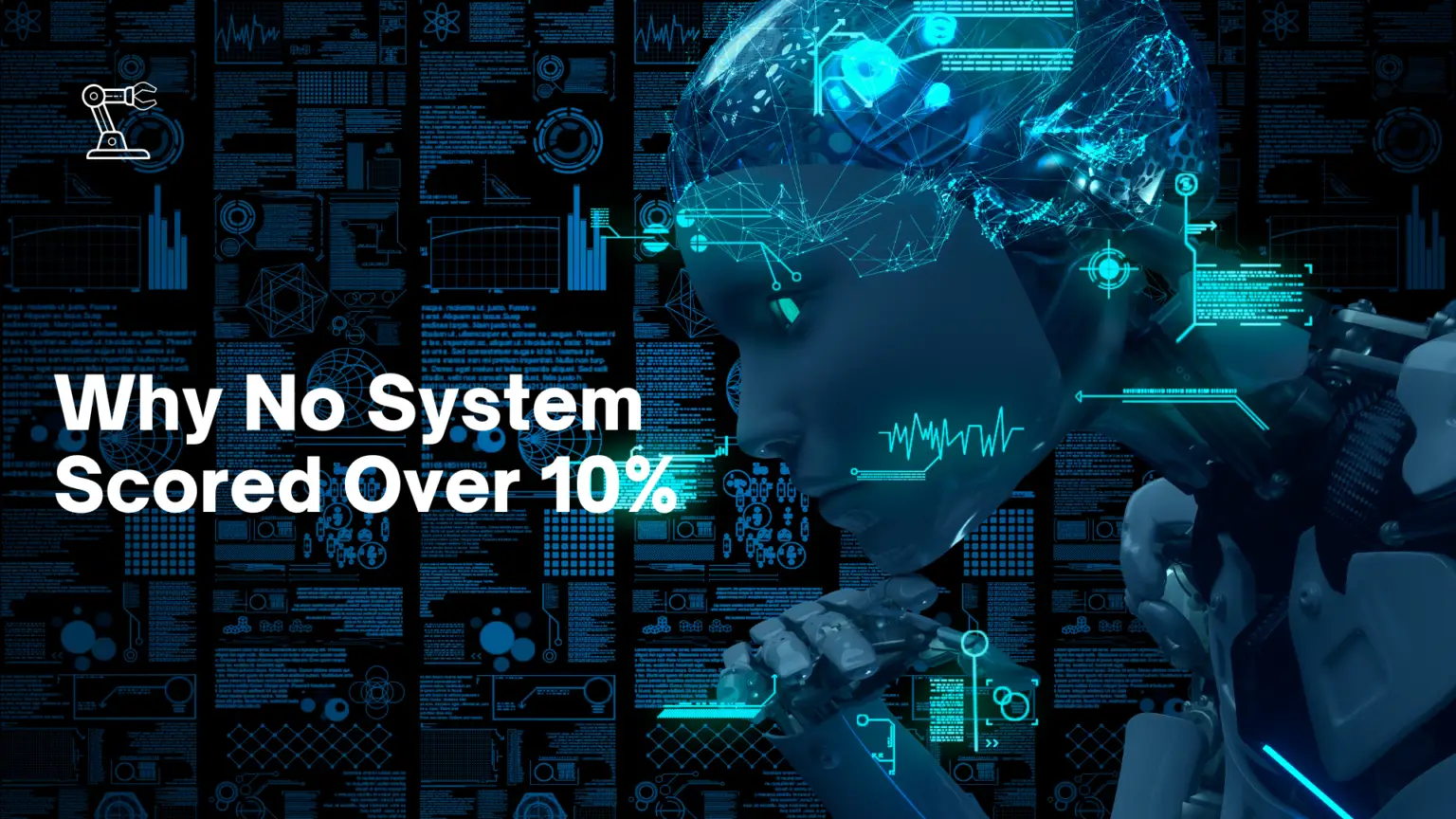Artificial Intelligence has made extraordinary progress in recent years, from generating human-like conversations to solving complex problems. However, a new benchmark called Humanity’s Last Exam, developed by the Center for AI Safety (CAIS) and Scale AI, has proven to be a significant hurdle even for the most advanced AI systems. The results? Not a single publicly available AI system has managed to score better than 10% on this challenging test.
Here’s everything you need to know about this groundbreaking benchmark and its implications for the future of AI.
What Is Humanity’s Last Exam?
Humanity’s Last Exam is a newly released benchmark designed to evaluate the limits of frontier AI systems. Developed by CAIS and Scale AI, this test includes:
- Thousands of Crowdsourced Questions: Covering subjects like mathematics, humanities, and natural sciences.
- Multiple Formats: Questions are presented in various formats, including diagrams, images, and complex problem-solving scenarios.
- Purpose: To test not just factual knowledge but also an AI’s ability to think critically and adapt to diverse question formats.
This benchmark aims to simulate real-world challenges that AI systems might face in complex decision-making and reasoning tasks.
Why Is This Benchmark So Challenging?
Unlike typical AI evaluations, Humanity’s Last Exam goes beyond text-based or multiple-choice questions. It pushes the boundaries of AI performance in several ways:
- Complexity: Questions are crafted to require deep reasoning, creativity, and multi-modal understanding.
- Diverse Subject Matter: It spans multiple fields, from abstract mathematics to visual interpretation in natural sciences.
- Crowdsourced Questions: Real-world complexity is added through contributions from people with varied expertise.
These factors make the benchmark a unique and rigorous test for modern AI systems.
Current AI Performance: A Long Way to Go
In a preliminary study, no publicly available flagship AI system scored higher than 10% on Humanity’s Last Exam. This includes some of the most advanced AI models known for their capabilities in natural language processing and problem-solving.
Why Did AI Perform Poorly?
- Multi-Modal Challenges: Many AI systems excel at text-based tasks but struggle with images, diagrams, and mixed formats.
- Reasoning Limitations: Current AI models lack the ability to perform deep reasoning or interpret abstract relationships.
- Knowledge Gaps: While AI systems are trained on vast datasets, they are not designed to navigate the unpredictable complexity of this benchmark.
The Role of CAIS and Scale AI
The Center for AI Safety (CAIS) and Scale AI are leading the charge in pushing AI to its limits with this benchmark. Here’s what they aim to achieve:
- Advancing Research: By opening up Humanity’s Last Exam to the research community, they hope to encourage deeper exploration into AI limitations.
- Improving AI Models: The benchmark provides an opportunity for AI developers to refine their models and address key weaknesses.
- Ensuring Safety: Evaluating AI systems rigorously ensures they remain safe and reliable, especially as they become more integrated into critical decision-making.
Implications for AI Development
The inability of current AI systems to excel on Humanity’s Last Exam highlights key areas for improvement. Here’s what this means for the future of AI:
- Enhanced Reasoning Capabilities: Developers will need to focus on improving AI’s ability to reason and interpret abstract concepts.
- Multi-Modal Integration: AI systems must become proficient at handling various types of input, from text to visuals.
- Ethical Considerations: Benchmarks like these ensure that AI remains safe and aligned with human values as it becomes more powerful.
What’s Next?
Both CAIS and Scale AI plan to make Humanity’s Last Exam publicly available to the research community. This opens the door for:
- Collaborative Research: AI researchers can use the benchmark to evaluate and improve their models.
- New Frontiers in AI: Pushing AI systems to pass this benchmark could lead to breakthroughs in areas like machine learning and human-computer interaction.
The benchmark is expected to become a key tool for evaluating the next generation of AI systems and ensuring their robustness and reliability.
Conclusion
Humanity’s Last Exam is a groundbreaking benchmark that has exposed the current limitations of even the best AI systems. By testing AI’s reasoning, adaptability, and multi-modal capabilities, it challenges the industry to innovate and improve. As CAIS and Scale AI open the benchmark to researchers, we can expect exciting advancements in the coming years.
While AI has made incredible progress, this test is a reminder that the journey toward truly intelligent systems is far from over.

